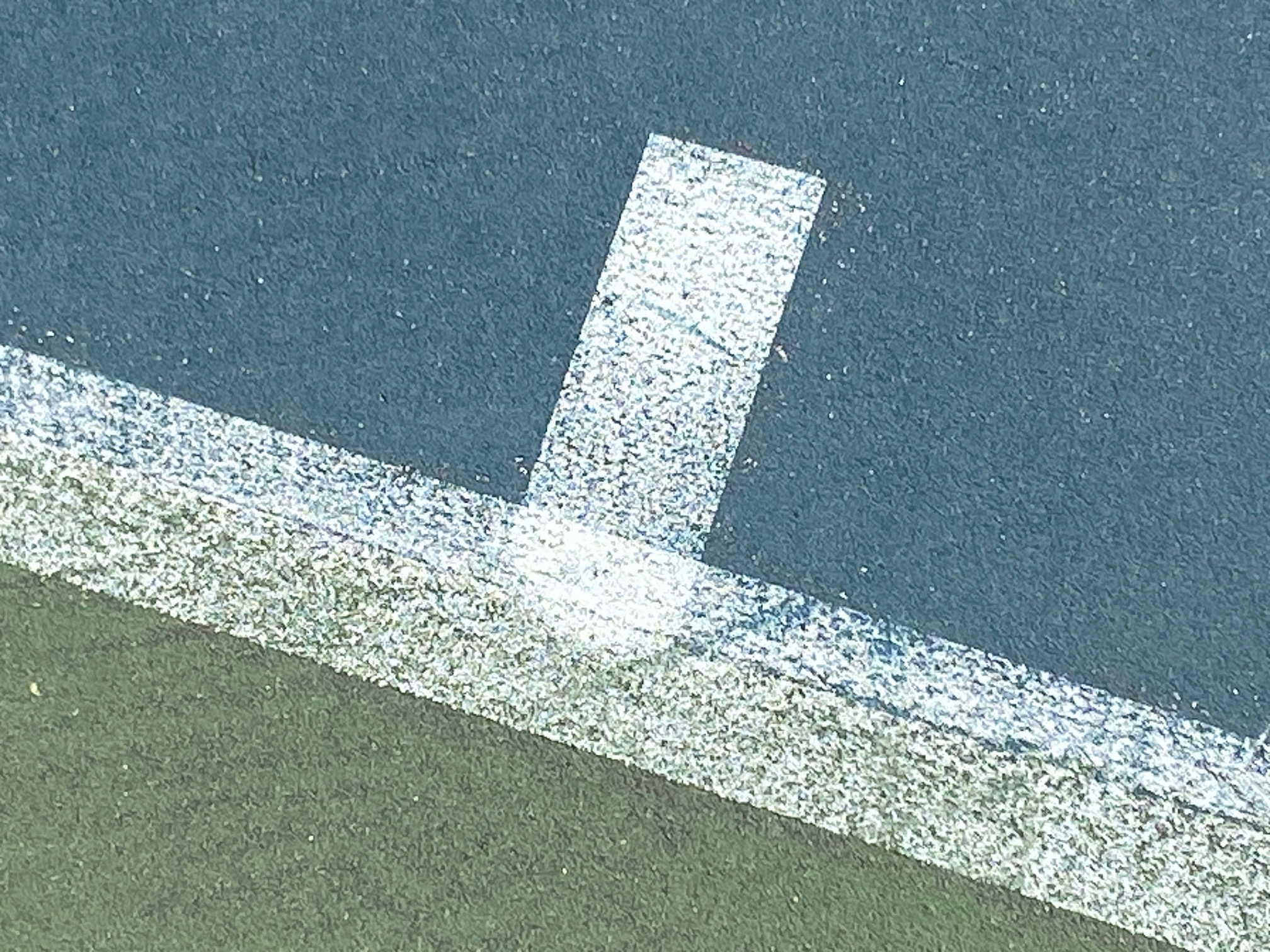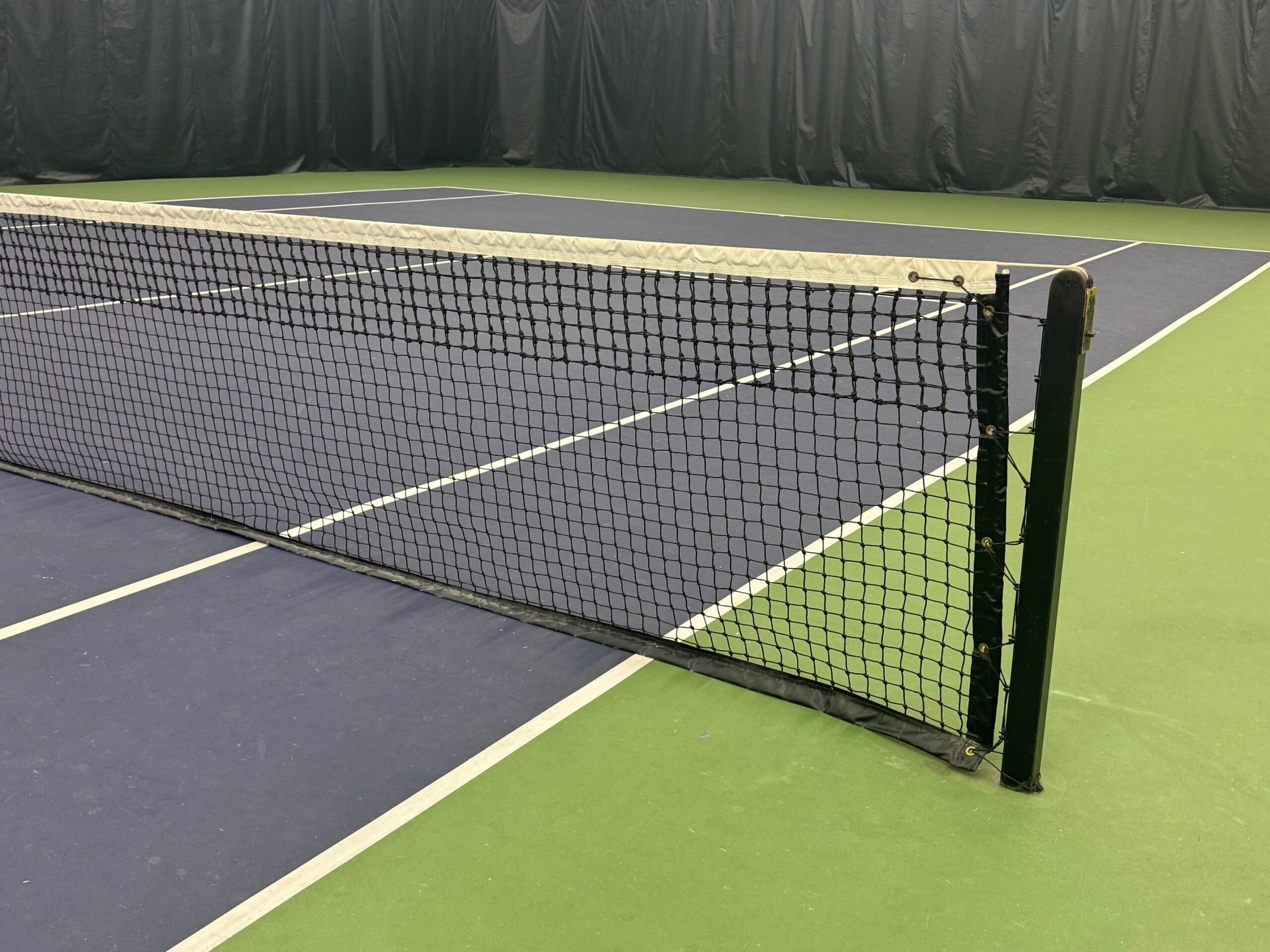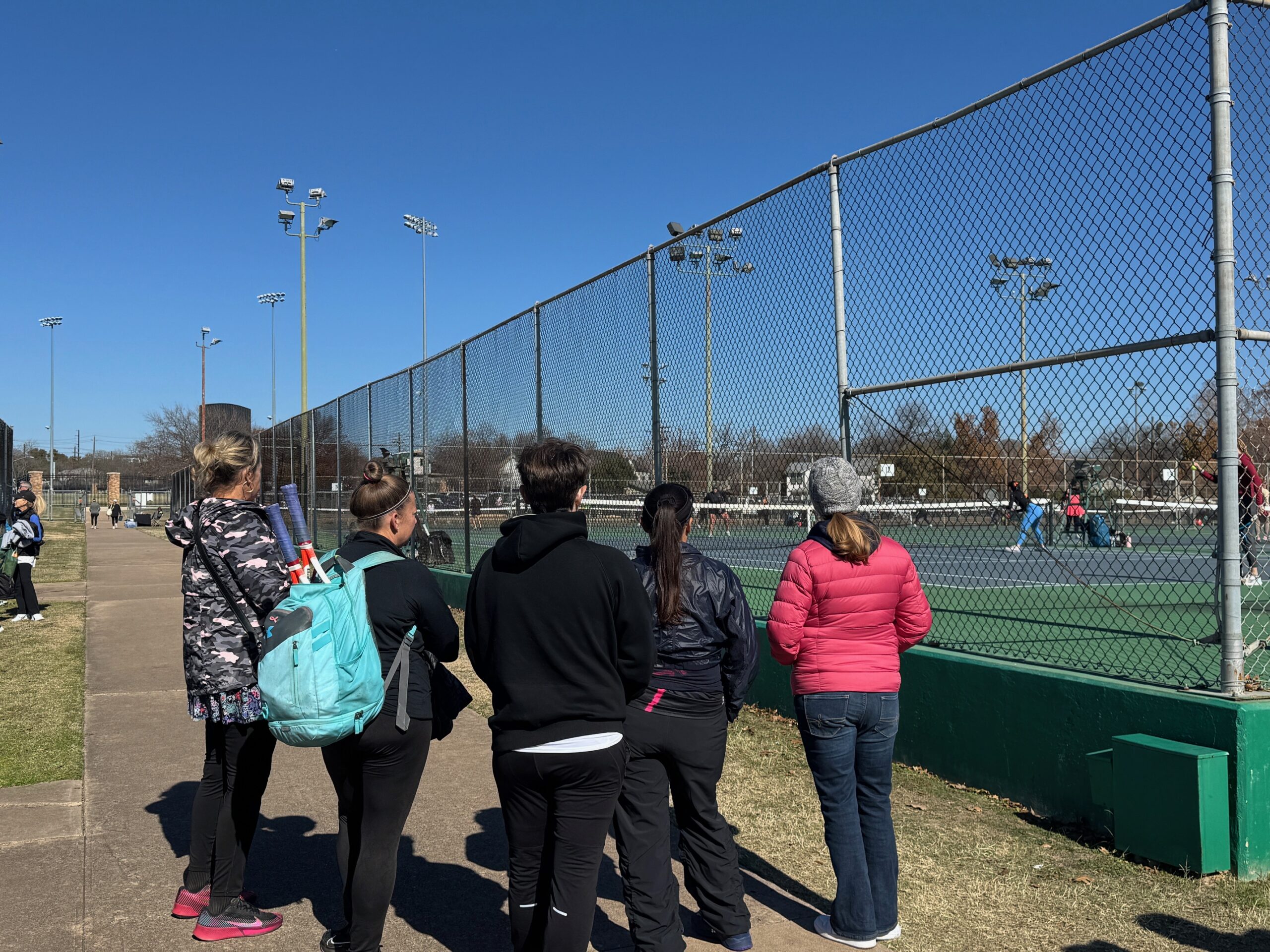Once upon a time, when my daughter was a very young junior, our neighborhood tennis court was frequently occupied by a soccer coach giving private lessons for that sport. It had been a rainy spring, and I guess his students didn’t want to get their cleats muddy. Coincidentally, the Trophy Husband and I were actively coaching a youth soccer team at the time. While we could empathize with the desire for dry ground, it irked me to have to wait to play tennis behind off-label usage of the court, particularly since there was a sign indicating “Tennis Only” on the gate.
One of the games the coach had his students play was “Foot Tennis,” which is essentially a cross between volleyball, soccer, and short court tennis. In that game, players volley the ball over the net using their feet, chest, or head. It is a good drill for developing ball control and aerial coordination. Unfortunately, his students were fairly terrible at the game. The soccer ball kept hitting the net hard, and the players sometimes leaned hard on the net in apparent frustration. After a couple of weeks, the nets on the two courts he typically used had lost tension and were noticeably sagging.
Eventually, we crossed paths at the gate as one of his lessons was wrapping up. I politely commented that I thought the soccer balls seemed to be damaging the nets while pointedly glancing at the “Tennis Only” sign. I never saw that coach again. It was good riddance.
During the early rounds of the Mutua Madrid Open a couple of weeks ago, I was shocked to see Foot Tennis being played on one of the outer courts. The scene came during a panorama of the grounds. Unlike the students of that soccer coach of yore, these guys had obvious skill. Nevertheless, an epic point I recorded ended up with a ball in the net.

I was astonished to see this game being played on a clay court, where the ball could potentially create serious indentations uncharacteristic of tennis. Additionally, this was on a court actively being used for a professional tennis tournament. Clay is notoriously delicate and labor-intensive to maintain, and here were people skidding around on it with a soccer ball. I am surprised the organizers allowed it.
(The video is too grainy to tell for sure, but it occurs to me that the player in the yellow shorts might be Carlos Alcaraz. His soccer skills are well documented in the tennis media, and if anyone is allowed to play soccer on a tennis court in Spain, that would be the player.)
I cannot deny that the skill level was impressive, and the game looks like a lot of fun. However, there’s still something jarring about seeing a tennis court, especially one being used for elite-level play, used in such a careless way. It brought back all those memories of the coach who treated our local courts like his personal multi-sport complex. My simmering annoyance has remained intact throughout the intervening years.
In the end, maybe the lesson is that while courts can sometimes be shared, that doesn’t mean they always should be. Does this cross a line? Should there be a facility protection rule against soccer balls on a tennis court? I could get behind that.




Teresa, I strongly agree with you.
In Springfield, Mass., the 15 hard courts and 8 clay courts at Forest Park are the mecca of local tennis. The Mayottes — world No. 7 Tim, world No. 83 Chris, senior star John, and Mary — honed their games on these courts, and tennis greats Bill Tilden, Don Budge, and Pancho Gonzalez, along with Tim Mayotte, have played exhibitions and given clinics here.
The clay courts have no problems with non-tennis violators. But the hard courts, despite “TENNIS ONLY” signs posted on all five gates, are invaded and used by pickleball players (who mark the courts with chalk, lower the nets, or dislodge net cables), dog owners (whose pets, including pit bulls, leave you know what), bicyclists, scooter riders, hockey players, field hockey players, volleyball players, basketball players, soccer players, and skateboarders.
The police station is 90 yards away, but they rarely patrol the hard courts. So violators are rarely evicted, though some leave when tennis players explain the rules and ask them to.
Springfield now has two areas with newly built pickleball courts. That may sharply diminish the number of pickleballers.
Let’s hope non-tennis actors take their sports and activities to their proper sites in 2025.